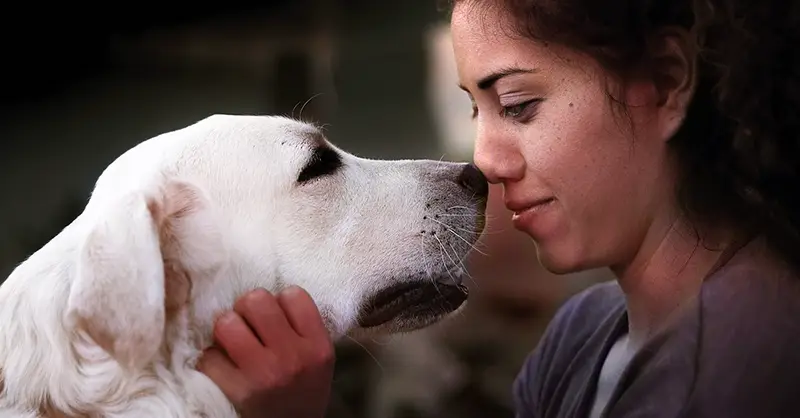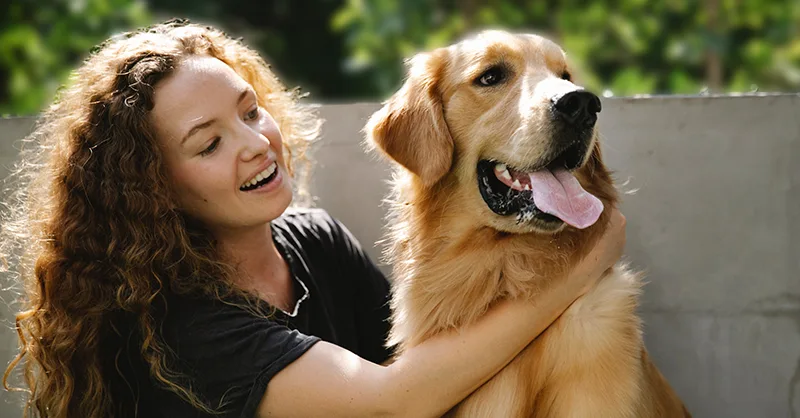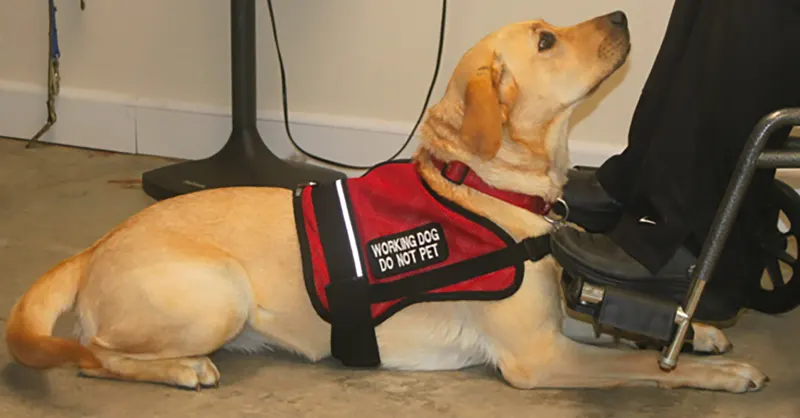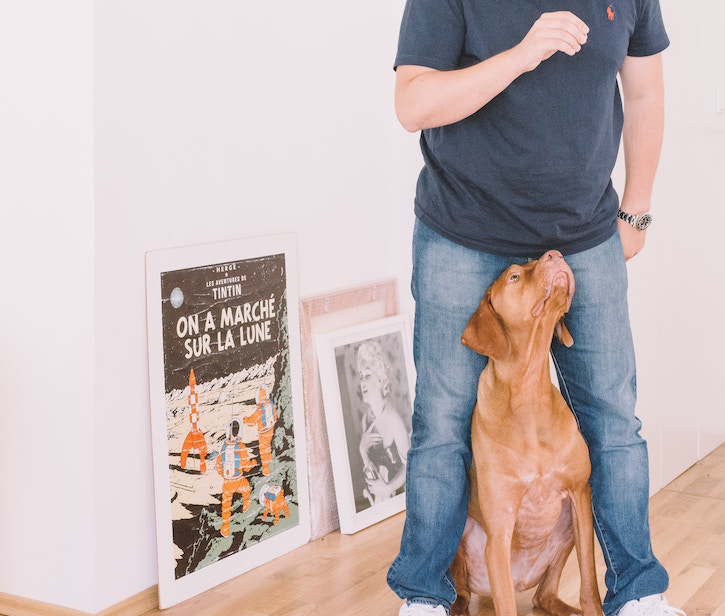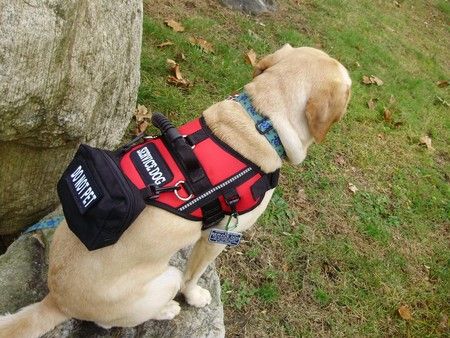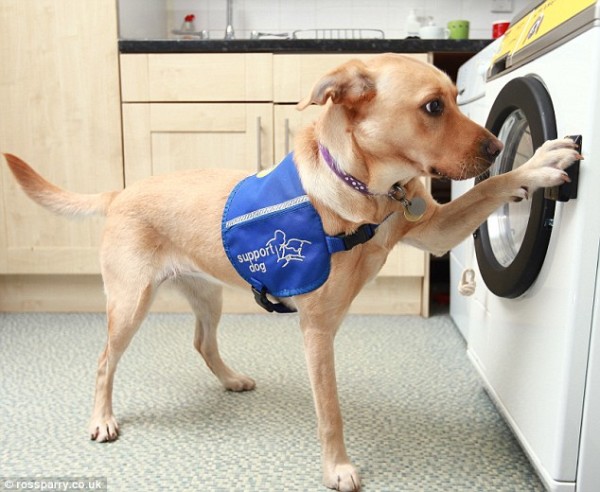Archive for the ‘Service Dog Tips’ Category
What you need to know about having a Service Dog Certificate
Do you feel that having a service dog can help you with an emotional, mental or physical disability? Service dogs play an important role for people in need. However, you may have heard that service dogs can run upwards of $30,000! This is more than most people can afford. The good news is you can get a service dog without being rich.
In this informational post, we are going to cover some helpful tips on service dog and service dog laws. This includes tips on adopting your dog from a shelter or local rescue, what the dog needs to have to be considered a service dog, and how to get your canine a service dog certificate.
Where Can I Get a Service Dog?
As we mentioned earlier, service dogs that have been bred, born and raised/trained to be in this field can be unaffordable and unreasonable for most people. But on the upside, they will come fully able to do the specific tasks you require from the service dog.
But what if you can’t afford these exorbitant fees?
You do have other options such as adopting a dog from your local shelter or rescue.
Why adopt a dog from a rescue or shelter?
Saving their life can save your life. Adopting a dog from your local shelter and rescue will provide you the feeling of knowing you are rescuing a life. The dog will know it too and provide you with unconditional love and affection. Adopting a dog from your local rescue or shelter are not only much less costly, but most have already been tested for illnesses, up-to-date on their vaccinations and (if old enough) have been spayed or neutered. Non-pure breed dogs are less prone to disease and genetic issues. Once you have trained your service dog, you will have a close connection that you will want to have for years and years.What Should I Look for in a Potential Service Dog?
Since the point of having a service dog is to help an individual with daily life, this dog will have to be highly trained to be out in public places. With this in mind, the characteristics to look for in a potential service dog are;
Calm temperament Willingness to be handled and eager to please Acceptance of strangers but alert of surroundings Willingness to be groomed Non-reactive to the business around them Motivated by treats or praiseCan I Train My Own Service Dog?
Yes! Once you have found a potential service dog, you have the options of either training it yourself or enlisting the help of a professional trainer. Training your service dog yourself is not as intimidating as it may seem at first! In addition, if you train your service dog yourself you have a deeper and more meaningful connection.
The first training your puppy or dog will require is the basic obedience. This includes sit, stay, down, and wait. Once your canine has these skills in place, then the training becomes more specific to your own needs.
How Long Does It Take to Train a Service Dog?
Each dog is different. Some dogs require 6 months of training while others can pick up new skills and tasks within a few weeks. The ADA Service Dog guidelines do not include mandatory training time. As long as your dog is well behaved in public and is trained to assist you with your disability, they can be considered your service dog(s). Once your service dog is able to help assist with your disability, you are able to take them into public places. Public places include restaurants, hotels, airlines, parks, beaches, and even your office.
ADA Service Dog Registry Requirements
Unfortunately, there are some people who may attempt pass off their untrained pet as a service dog. For this reason, airlines, restaurants, apartment managers/owners and other business have the right to enquire about what tasks your service dog provides for you and many will ask to see your service dog certificate.
Although, you may not necessarily need a service dog certificate as the ADA does not require this, having one helps you legitimize your need for one. This is also extremely beneficial if your disability is not clearly identifiable by the general public (ie you’re not in a wheelchair etc.). In addition, this will also help staff or government employees from discriminating against you accidentally. Unfortuantely, Service Dog rights are not part of standardize training.
Once your dog is fully trained, your next step will be to register your service dog and obtain a service dog certificate.
If you are not ready to train your dog to become a service dog, you may be interested in certifying your dog to become an Emotional Support Animal. Emotional Support Animals are Federally protected and can live with you in ‘no-pet’ housing and fly with you inside the airplane cabin. Emotional Support Animals do not have to be specially trained, unlike service dogs. For more information on Emotional Support Animals, here is a helpful article.
A Service Dog Certificate Makes Life a Bit Easier
Once your dog is fully trained to be in service, it’s well worth your time, money and effort to get a service dog certificate. Not every business or person may be as willing to accept your canine as a service dog, so having a physical custom service dog identification card or a digital copy on your phone, will save you time, stress, and frustration.
Having a service dog certificate just makes life a bit easier…
Having a service dog provides an individual with the freedom to do things that a disability or challenge may otherwise not allow them to do. These specially trained canines are more than just companions, they can be the eyes, ears, hands and even medical alert that makes a huge difference in the lives of those who need one.
When we see a person with a dog in a public setting, the service dog is usually wearing a red or blue vest to identify it as a working dog. Why do you need a vest for a service dog? The reasons may surprise you.
Service Dog Regulations
Under the American Disabilities Act (ADA) a service dog is defined as a canine that is specifically and individually trained to perform tasks for people with disabilities. These can include;
Guiding the blind Alerting the deaf Pulling a wheelchair Alerting and protecting those with seizures Alerting those with mental illness to take a medication Calming a person with PTSD or other anxiety issuesThese dogs are working animals and are therefore not regarded as an ordinary pet. This means those folks with a service animal will be given access to public places and housing where other animals may not normally be allowed.
A service animal must also be under control at all times with the aid of a harness, tether or leash. If the person is unable to use these devices, then the dog must be under full control by using voice, hand or other means of command.
How Can a Person Get a Service Dog?
In order to be eligible for a service dog, you must first be disabled under the definition of the American Disability Act (or the one applicable in your country). This will be determined by a doctor and put in writing.
The next step is that you will have to know exactly what the tasks are the service dog is going to be performing for you (ie, alerting, guiding, retriever etc.). This is what your dog will be trained to do, usually through an accredited agency that specializes in training and providing service dogs.
In addition, you will have to be willing to wait for your service dog to be trained. This can take up to three years depending on what the dog needs to do.
Lastly, service dogs are costly. These specialized pooches can run upwards of $25,000 if you use a trainer! Remember that you are able to train your own service dog.
Why Identification for Service Dogs is Important
Although it is not required by law, it’s always best to provide a service dog with a vest or other identification stating that it is a working dog. These vests are specially designed with “service dog” printed on them or badges that clearly id them as a working animal. This simply attire allows the handler to freely access those areas that may otherwise be restricted to pets. For example, if you were to try to get a dog through an airport security without the proper service dog vest or badge, it would be a huge hassle.
Service dog vests also stop the general public from making a fuss when a person brings the dog into other public places like restaurants. In addition, this type of identification also alerts people to the fact that the service dog is not just a pet, but is there to aid the individual. Therefore, the animal should never be approached, spoken to or petted without the consent of the handler. Any distraction to the dog could cause harm to the individual that needs the canine to be “on duty.” Register your service dog by clicking the link below.
Click to Register your Service Dog
Service Dog Rules
You and your service dog have rights and there are rules in place to protect those rights. These include;
People can only make minimal inquiries about your disability if it is not obvious. In fact, there are only two questions they can ask; is the dog required for a disability and if so, what task(s) does the dog perform? The service dog cannot be denied access to public areas because of a fear of dogs or an allergy. The person or people who suffer from fear and allergies to dogs must also have provisions made available to them. The working canine can only be removed from a public area due to unruly behavior or it’s not housebroken. Service dogs are allowed in those areas that sell/prepare food The handler cannot be treated differently, secluded to a different area or charged more (as with airlines or hotels) to have their service dog with them.Service Dogs Are Important
There’s a reason why service dogs have special privileges, rights, and even identification, it’s because these animals perform important tasks each day. Having the aid of a service dog allows the person with a disability to live a normal life.
The next time you see a service dog, remember what you’ve read here today and know these dedicated canines may be that person’s lifeline.
If you suffer from an emotional or physical disability you may be wondering what qualifies a dog to be a service dog. In this post, we will answer that question and give you some facts you will want to know when getting a canine for the purpose of service.
Can My Dog Be a Service Dog?Many people ask the question of whether their current dog can be a service dog? The answer to this question is dependant on what you need your service dog to do for you. If you have a dog for emotional support or to help you with stress and/or anxiety, then there are no restrictions on the canine companion. In fact, an emotional support animal (ESA) can be anything from a snake to a horse but know there are restrictions on this type of “service” animal.
However, if you require a dog to do more than just offer comfort, then you will need the canine to be properly trained to do the tasks required. For example, if the dog has to pull a wheelchair, then a Chihuahua will not be considered a service dog as it simply would not have the strength to complete this task.
Obedience TrainingWhether you train your dog yourself or enlist the help of an agency or professional trainer, your service dog must be obedience trained. This entails the basic commands of sit, stay, come, down, drop, heel and leave. Depending on the breed of dog you have chosen or already have this can take weeks to months to accomplish.
Socialization SkillsAnother important quality your service dog must possess is socialization skills. A skittish, hyperactive or unruly dog will not do well as a service dog. Your dog must be quiet, calm, relaxed, alert, and of course, friendly.
Work TasksTo qualify as a service dog your canine must be able to demonstrate the ability to do the work tasks that you cannot do for yourself. This can include fetching medicine bottles, opening drawers, or even alerting you to a drop in your blood sugars or of an oncoming seizure.
Public Access TrainingHow your dog acts in public areas is crucial to having a service dog. These working dogs must not respond to any of the noise, commotion, chaos, food smells or people when out with its handler. This type of training may take several months before your dog is desensitized to hustle-and-bustle of being in a public place. Some dogs may never have the ability for this type of public access training and therefore would not be considered a service dog.
Service Dog RulesBecause a service dog is there to help the handler there are rules your dog must follow when out in public. These include;
No sniffing of people or merchandise No barking at people or other animals No begging for food or table scraps No jumping onto people or objects No lunging at passing people or other animals No overexcited or hyperactive behavior No eliminating in an inappropriate area. Dogs must learn to relieve themselves on command. Handler’s BehaviorThere are a lot of rules for a service dog to follow, but what about the handler? Some agencies may have you sign a form that both you and your service dog will behave accordingly when out in public. This can include;
Being prepared to answer the questions of “is the dog a service dog and what task does it perform for you?” Being polite, confident and courteous even if the people you are dealing with are not familiar with the American Disability Act and service dogs.Although it is not required by law, a service dog vest and/or badge is helpful when taking your working dog out into the public. You may also register your service dog with a reputable organization. This informs people at a glance that your dog is there to provide you with a service and not just a pet you are trying to “break the rules” with.
Service Dog Qualification Is a ProcessHaving a properly trained and accredited service dog is a process that takes time. Even though you can take an ordinary dog and turn it into a service dog, it will have to exhibit the qualities it takes to do this important work. It is also highly recommended to start your service dog training when your dog is just a puppy. Teaching an “old dog new tricks” will be much tougher, and he may not be able to accomplish all the tasks and training required to be a full-fledged service dog.
